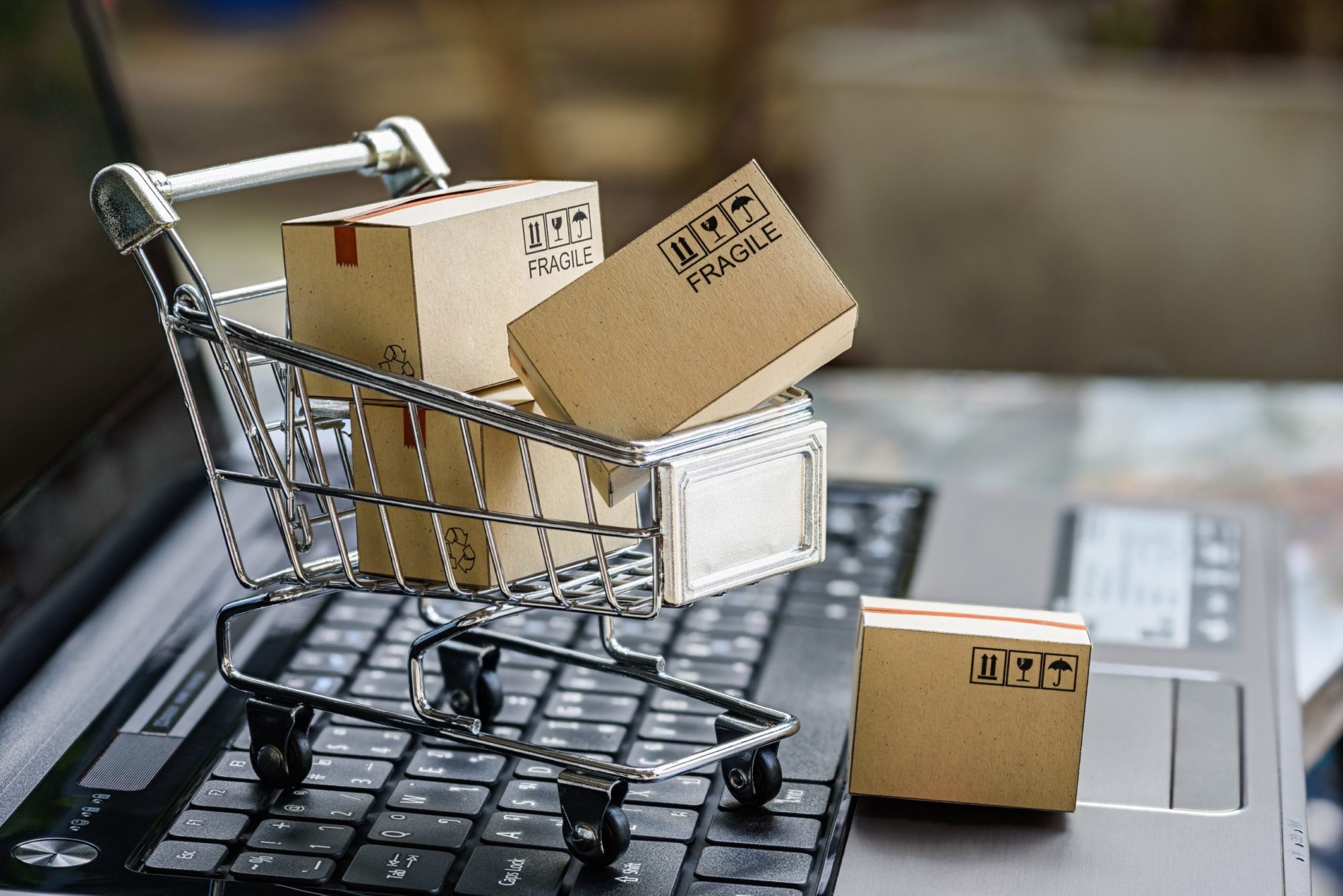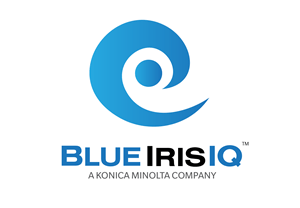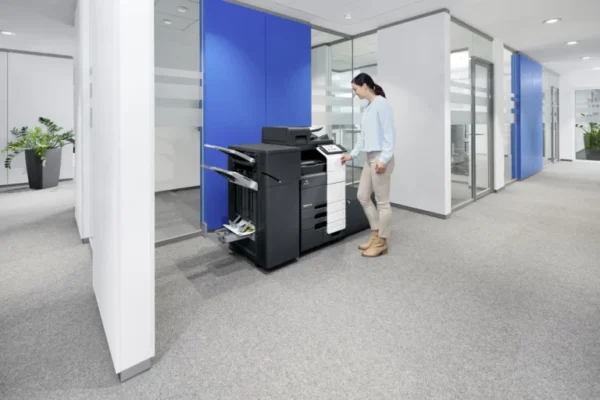The February issue of The Cannata Report focuses on diversification. Included in that issue is a Virtual Panel featuring members of The Cannata Report’s Advisory Board, responding to questions about diversification, supply chain, and e-commerce. To complement that Virtual Panel, we asked key executives from different segments of the industry to respond to similar questions. This is how they responded to the question, “Do you think an e-commerce business model has potential in the dealer channel for selling more commoditized products such as lower end A3 devices, A4, and printers, and what challenges or issues would need to be addressed to make it work from a vendor’s perspective?”
“Successful e-commerce business models already exist through many large-volume outlets such as Ingram Micro, Tiger Direct, Office Depot, and Buyer Zone. In today’s business environment, dealers should have an e-commerce presence, but limited to truly commoditized items. This could result in incremental sales without the customary sales expenses. It seems the strength of the dealer channel is to provide value-added, customized solutions to best meet their clients’ needs.” Eric Auman, president, Hytec Dealer Services
“If done well, an e-commerce business model can be a great way to streamline sales, create additional touchpoints with customers and generate more revenue. Data collected through an e-commerce platform can supply incredibly valuable data and insights into the customer journey. In turn, helping to provide new ways to engage with and entice new customers, while keeping long-standing customers. That said, while e-commerce has massive potential, it is a major investment not to be undertaken lightly. It requires a lot of infrastructure to work well and the user experience to be seamless. Security is also a huge consideration that cannot be overlooked.” Laura Blackmer, SVP, dealer sales, Konica Minolta Business Solutions U.S.A.
“There is a growing demand from buyers who prefer to make their purchases outside of traditional channels—which is evident with statistics showcasing the continued rise of B2B eCommerce. A B2B e-commerce business model for selling more commoditized products has a number of advantages: a better customer experience, increased reach, and wider data access.
“For example, B2B e-commerce platforms offer website customization, automation features for clients, price segmentation, processing orders, deliveries, payments, etc., to result in smoother and speedier transactions, plus fewer errors, more sales, and operational and cost-efficiency. In addition, a B2B e-commerce website also lets businesses reach more clients with SEO tactics to increase visibility on search results for their target customers. Furthermore, B2B e-commerce platforms typically have reporting features and app integrations to measure performance. Use cases include tracking the percentage of return visits, online order frequency, and client retention rate.
“As more customers look for options to purchase their goods online, manufacturers want to capture these growing online markets for their brands. However, without a well-planned multi-channel strategy in place, conflicts could arise with their existing ecosystem of distributors, dealers, retailers, and sales reps. To avoid such channel conflict, it’s crucial to embrace and integrate both online and physical channels. Businesses must also collaborate with their channel partners and share data to avoid conflict. For example, Brother consolidated all their channel partner offerings into one online suite of tools and resources – the Partner Authorized Total Hub (PATH) portal. Among its many features, the Brother PATH offers a content and video library, co-branded assets, detailed product and solutions information, channel rebates, access to Brother’s online Knowledge Center, Rewards Program, and Service Portal. It is a digital, contactless solution that perfectly fits with our socially distant world and provides live support for Brother’s thousands of channel partners as needed. By consolidating resources, accessing is drastically easier and more efficient for channel partners. Solutions such as these show that businesses do not have to decide between selling online or not selling online in fear of creating channel conflict among existing channel partners. In fact, e-commerce can drive demand to offline channels and benefit physical stores.” Bob Burnett, director of B2B solutions deployment and planning, Brother USA
“Yes. e-commerce is playing an increasing role in today’s transactions. Customers are now communicating and buying digitally. We see two ways for dealers to leverage the e-commerce model:
“First, act as a platform where customers can communicate and transact after they make an initial point of sale agreement. This provides the added efficiency customers expect, and a potential to reduce cost of sale for the dealer. Second, create an e-commerce platform designed to transact low-end MFPs and printers.
“Ricoh is currently looking at both options for our dealers including how we’ll partner together to meet the new demands of digital transactions. The main challenge that needs to be addressed is the systems integration between the dealer and manufacturer.’ Jim Coriddi, vice president, dealer sales, Ricoh USA
“Our industry is no different from any other in the sense that we must evolve in line with changing consumer habits. More and more consumers want to purchase their goods online and won’t demand any sort of human interaction. That is the reality, and those who choose to ignore it will fall behind. The good news is that there is huge potential for dealers to make major gains in e-commerce.
“Dealers are still very much territory-driven enterprises, while e-commerce, as we know, is global. This is a conflict with only one winner, and it is going to be interesting to see how, in the coming years, manufacturers approach the idea of opening territories so that dealers can sell beyond their “borders.” Expansion into new geographical areas will naturally bring with it new challenges. For example, how does a dealer offer servicing in towns and cities where it does not have any technicians? I suspect this will give rise to cross-country partnerships between dealers in different areas. As manufacturers, we should be doing everything we can to facilitate such collaborations, be that via programs or other solutions which help boost dealer growth.
“e-commerce is a market with huge players like Amazon and dealers must be willing to put in the hard yards when it comes to their online presence. To that end, dealers must consistently create good-quality content that drives traffic to their website. They have the advantage of being able to offer value-adding or personalized services, such as on-site or remote servicing, loyalty programs, and other business models which facilitate that priceless customer-centric approach, and these should be key building blocks for those aiming to drive online sales. It requires a lot of work, but those who get it right stand to win big.” José María Estabañez, vice president, corporate marketing group, Kyocera Document Solutions America
Access Related Content




